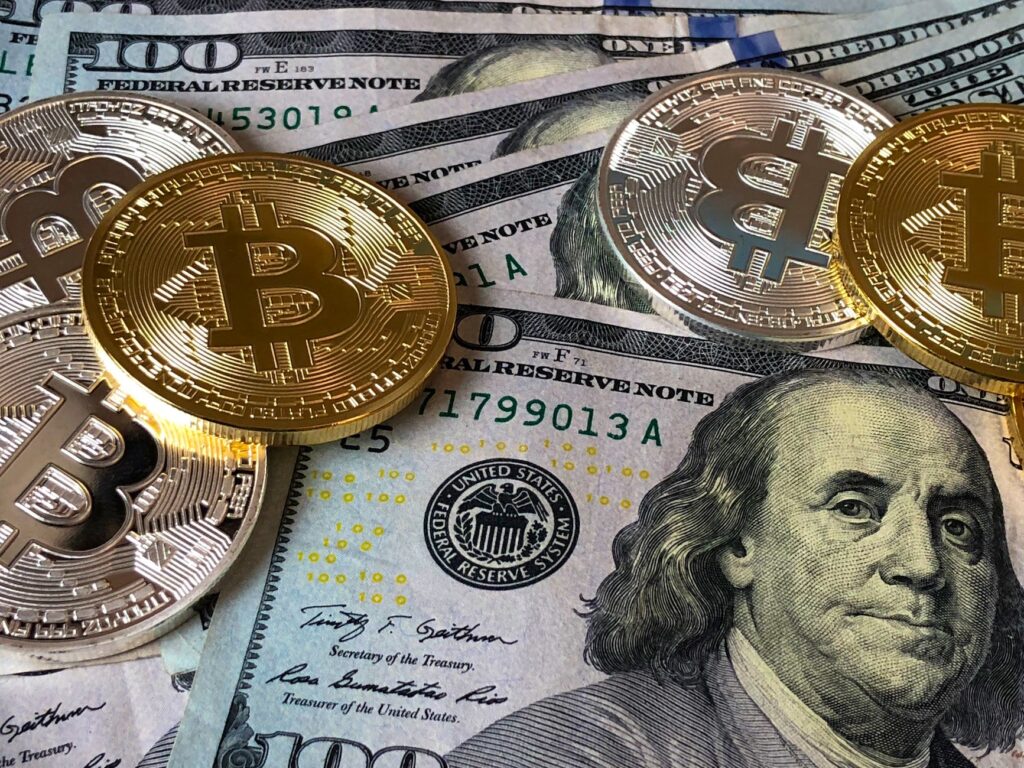limit for deposit insurance in the United States is $250,000 per person, per bank, per ownership category. This means that if a bank fails, Federal Deposit Insurance Corporation (FDIC) will reimburse depositors up to that amount for each type of account they have at that bank. limit was raised from $100,000 to $250,000 temporarily in 2008 and made permanent in 2010 as a response to a global financial crisis.
Some people argue that $250,000 is still the right limit for deposit insurance because it covers most Americans’ savings and checking accounts, and because raising it further would increase the moral hazard of banks taking excessive risks with depositors’ money. Others contend that $250,000 is too low for deposit insurance does not protect businesses and wealthy individuals who may have larger balances at a single bank, and because it does not reflect inflation and economic growth since 2010.
FDIC has the authority to insure all deposits at a failing bank if it deems it necessary to maintain financial stability and public confidence. This happened recently when Silicon Valley Bank and Signature Bank failed rapidly, and FDIC, backed by Treasury Secretary Janet Yellen, decided to insure all deposits at those banks. This sparked a global debate over whether this was a fair and prudent move, or whether it created a precedent for future bailouts of large depositors.
One possible alternative to changing the deposit insurance limit is to adjust it periodically based on inflation or other economic indicators. Another option is to introduce a co-insurance scheme, where depositors share some of the losses above a certain threshold with FDIC. A third option is to differentiate insurance coverage based on risk profile of the bank or depositor.
Federal Reserve can also play a role in ensuring the safety of deposits by providing liquidity support to banks in times of stress, supervising and regulating their activities, and acting as a lender of last resort. Fed can also influence the behaviour of banks and depositors by setting interest rates and reserve requirements.

